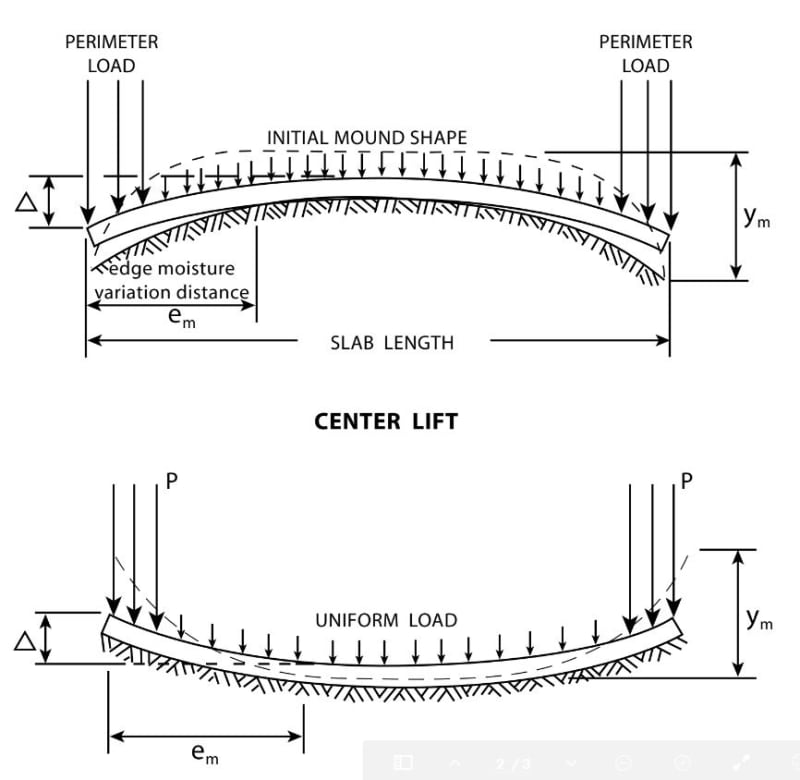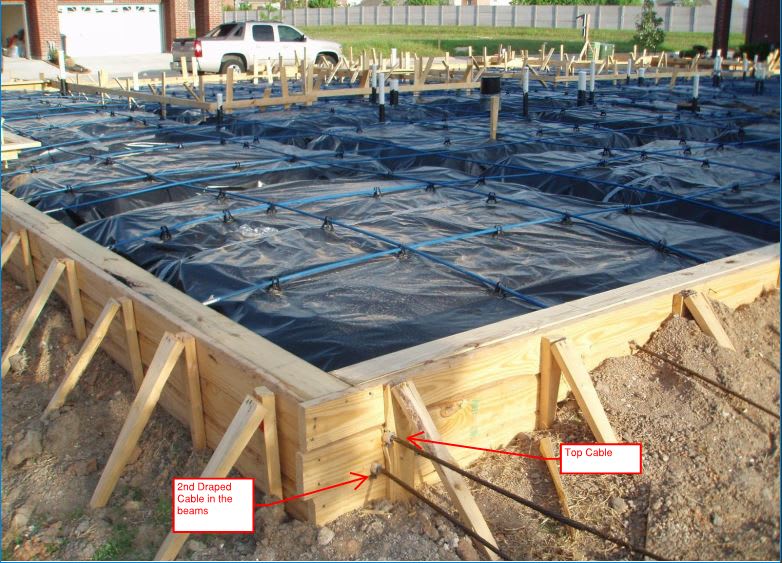MJC6125
Structural
- Apr 9, 2017
- 119
I'm working on a relatively small addition/remodel to an existing one story building. The foundation is a post tensioned slab on grade. I've never designed a post tensioned slab on grade foundation, so I was wondering if anyone has some references that they know of to get familiar with this foundation type? I do see some books from the Post-Tensioning Institute, but I think they all have to be purchased, so I wanted to ask the question before purchasing anything.
More specific to this project, how do you usually go about doing an addition on a building with this foundation type? I'm pretty sure the site has expansive soils. I assume you can't really do a new post-tensioned slab on grade adjacent to the existing one, so if we do have expansive soils are you looking at doing some sort of structural slab on drilled or helical piers and grade beams?
If I'm opening up what use to be an exterior wall by adding a beam with posts at each end, how exactly do you check the post point loads on the post tensioned slab on grade? There is a turndown slab edge along the exterior walls. Is that slab edge just acting as a trench footing with the bearing area matching the width of the turndown or is there more to it than that?
More specific to this project, how do you usually go about doing an addition on a building with this foundation type? I'm pretty sure the site has expansive soils. I assume you can't really do a new post-tensioned slab on grade adjacent to the existing one, so if we do have expansive soils are you looking at doing some sort of structural slab on drilled or helical piers and grade beams?
If I'm opening up what use to be an exterior wall by adding a beam with posts at each end, how exactly do you check the post point loads on the post tensioned slab on grade? There is a turndown slab edge along the exterior walls. Is that slab edge just acting as a trench footing with the bearing area matching the width of the turndown or is there more to it than that?


